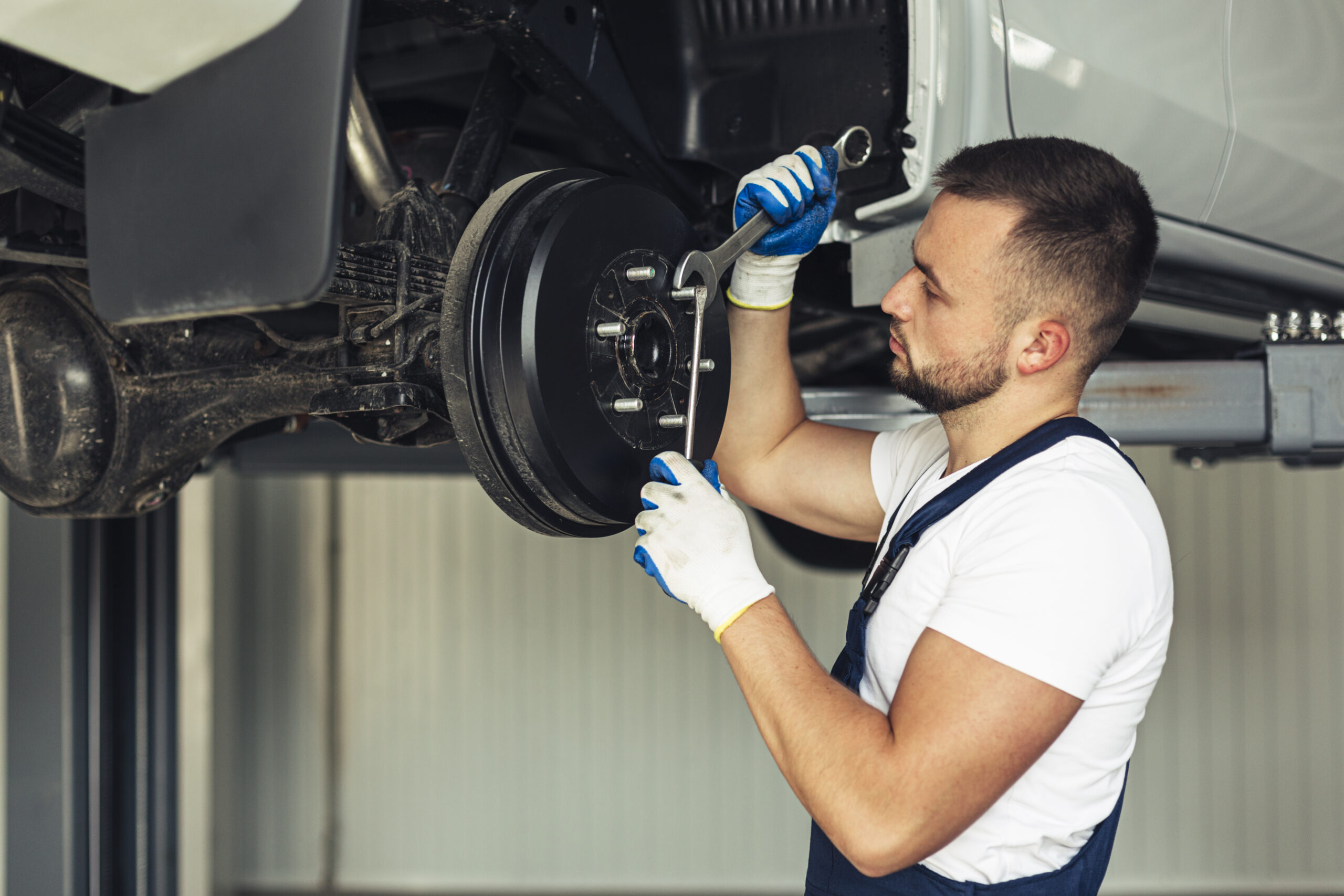Differential Repair
Differential Repair
The differential serves as the mechanism for transmitting engine power to the wheels while also accommodating and adapting to variations in wheel speed during vehicle maneuvers. When your vehicle negotiates a turn, the inside wheel rotates slower than the outside wheel, necessitating the outside wheel to turn faster to maintain synchronization. The differential enables the wheels to rotate at different speeds while retaining stability. Without a differential, a vehicle would exhibit a jarring and unsteady ride, bouncing along the road surface.
Four-wheel-drive vehicles feature differentials both in the front and rear, whereas rear-wheel-drive vehicles have a differential in the rear. In front-wheel-drive vehicles, the differential—referred to as the transaxle due to its integration of the front axle and transmission—is situated between the front wheels. All-wheel-drive vehicles incorporate differentials between both the front and rear wheels, with a transfer case positioned between them to manage speed differentials between the two sets of wheels. Regardless of the vehicle configuration, the primary role of the differential is to distribute and regulate power among the wheels.
Benefits of Differential Repair
Regardless of whether your vehicle boasts four-wheel drive, front-wheel drive, or rear-wheel drive, its differential is subject to significant wear and tear. When planning a differential repair service, it’s important to take into account your typical driving conditions and the amount of time your vehicle spends traversing specific types of terrain. Rougher terrains such as dirt roads, unpaved surfaces, or gravel roads, as well as intense driving activities, can accelerate the wear and tear on your vehicle’s differential.
Maintenance requirements for differentials vary depending on the vehicle. Including a differential fluid change in your regular car maintenance schedule can significantly enhance the safety and longevity of your vehicle. Unusual noises emanating from your vehicle’s differential may indicate issues such as insufficient lubrication or worn gears and bearings due to regular wear and tear. If you notice any signs of trouble, it’s advisable to reach out to us promptly so that we can swiftly diagnose and address the problem.








